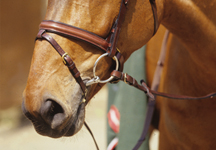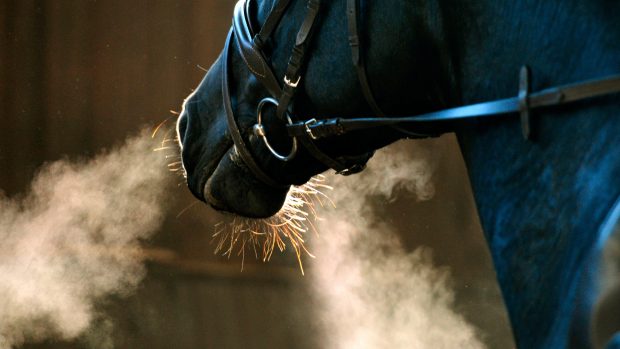Recurrent airway obstruction (RAO), is an equine disease with similarities to, but also significant differences from, asthma in people.
It is caused by allergies mostly to moulds, fungal spores and bacterial fragments, and causes breathlessness, nasal discharge and impaired tolerance to exercise.
This form of respiratory disease is a significant health problem affecting horses, with a prevalence of around 14% in the UK.
In many cases it is controllable, especially with good stable management, but there are instances, particularly in competition horses, where medical intervention may be necessary.
Diagnosing wheezers
A definitive diagnosis requires investigations and tests. RAO is an inflammatory disease that causes the airways to narrow and become inflamed, so in the first instance a horse will usually be scoped.
By examining samples of mucus from the trachea and lower down from the smallest branches of the airways, under a microscope, inflammatory cells can be identified and the appropriate treatment initiated.
“Drugs are not a long-term fix,” says vet Tim Mair MRCVS. “But they can be beneficial in some cases.”
Inhalation therapy is recognised as a valuable treatment for RAO. Like humans who need a quick puff of an inhaler when they get short of breath, horses can benefit from a high concentration of medicine being delivered directly into the lungs.
There are several instances where this treatment can be particularly beneficial in the case of an acute flair-up of the disease and when every other avenue of stable management has been explored.
When masking can help the problem
According to vet Andy Durham MRCVS, who has undertaken extensive studies into the benefits of inhalation therapy for horses, one of the most effective and practical devices for administering treatment is the metered dose inhaler (MDI) of which a wide selection are available on the human market.
The MDI has to be used in association with a “spacer” or “holding chamber” device.
Horses, like humans, will need to wear a face or nose mask.
For more on managing respiratory disease, see the current issue of Horse & Hound (5 February, ’09)



